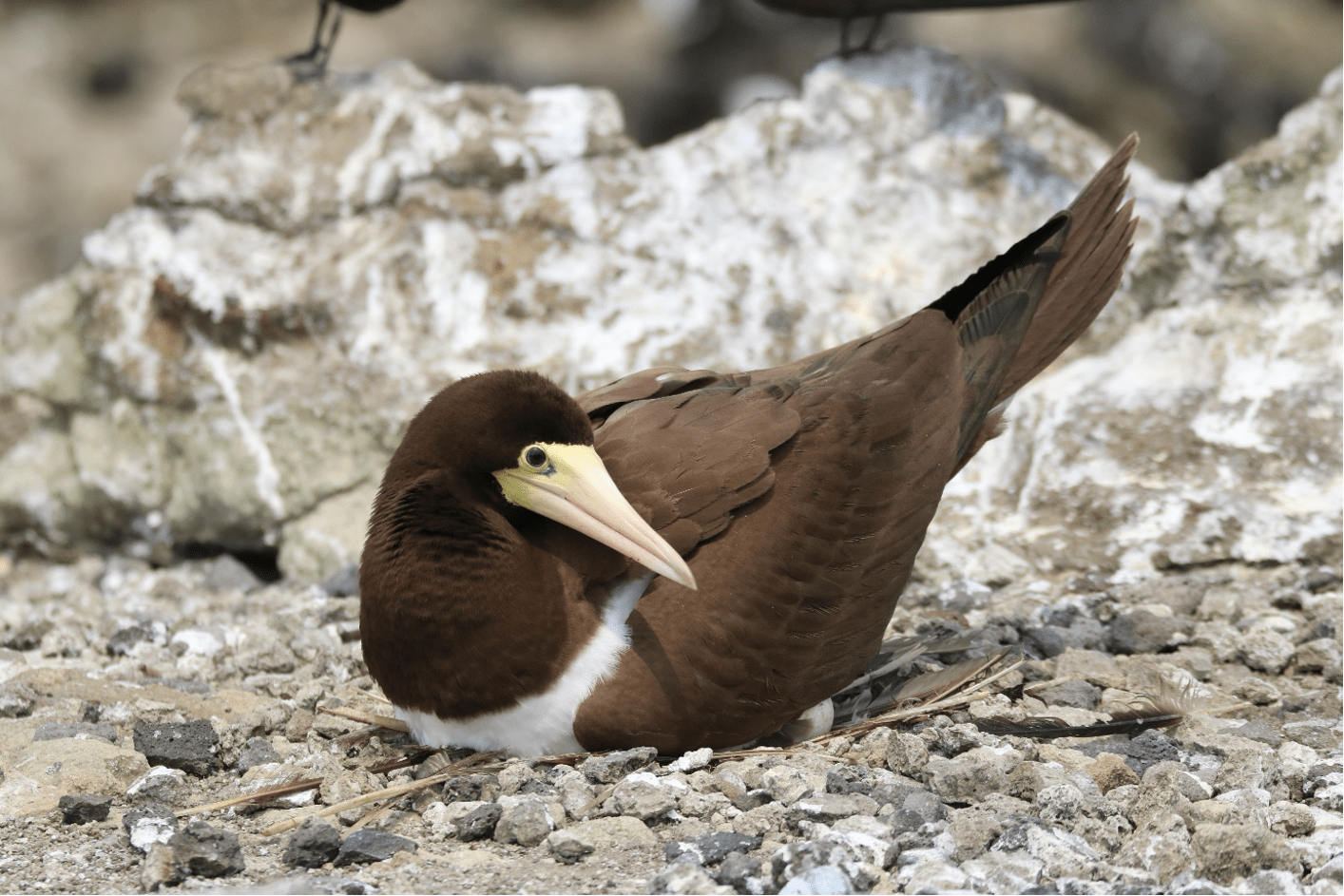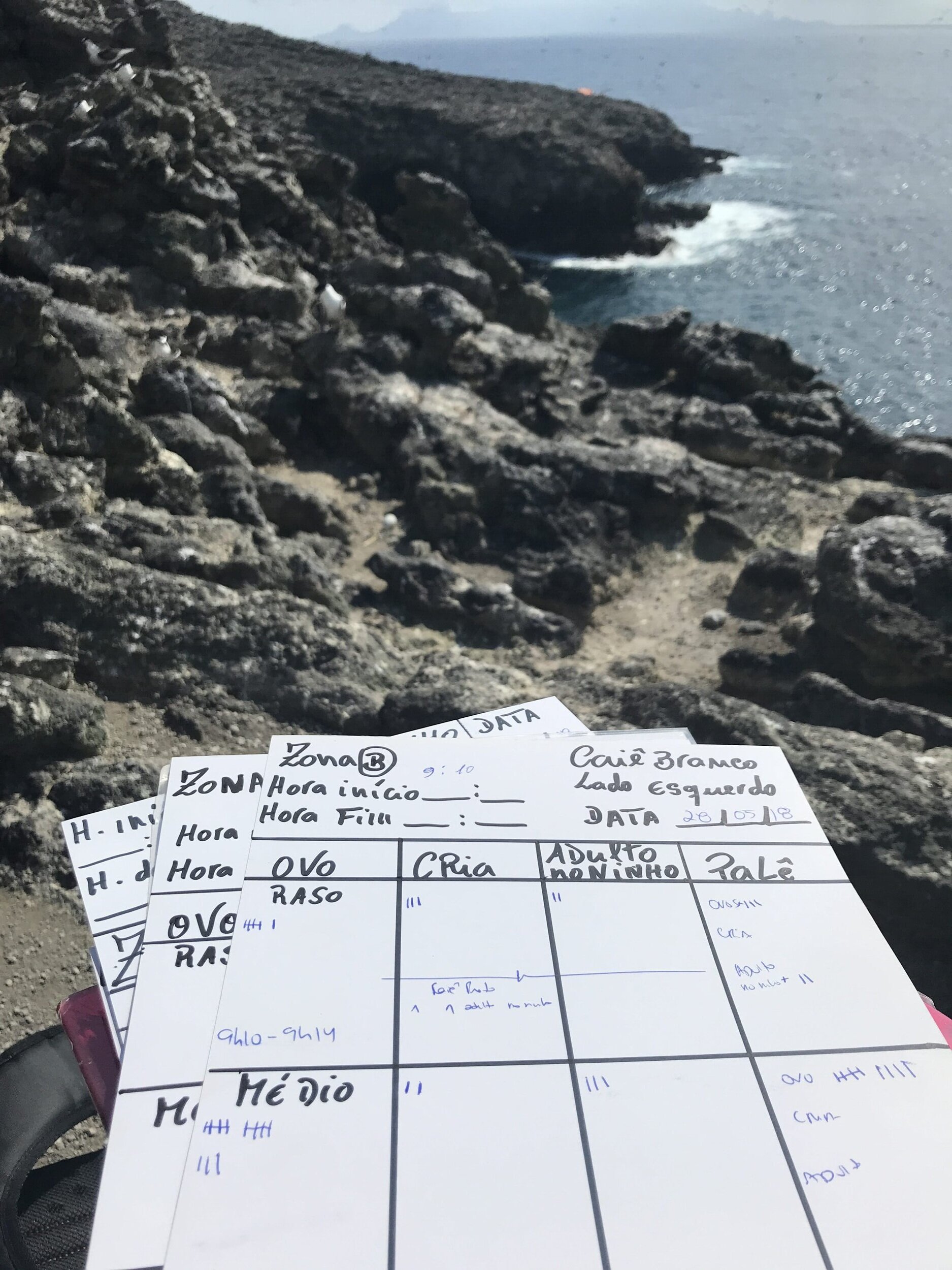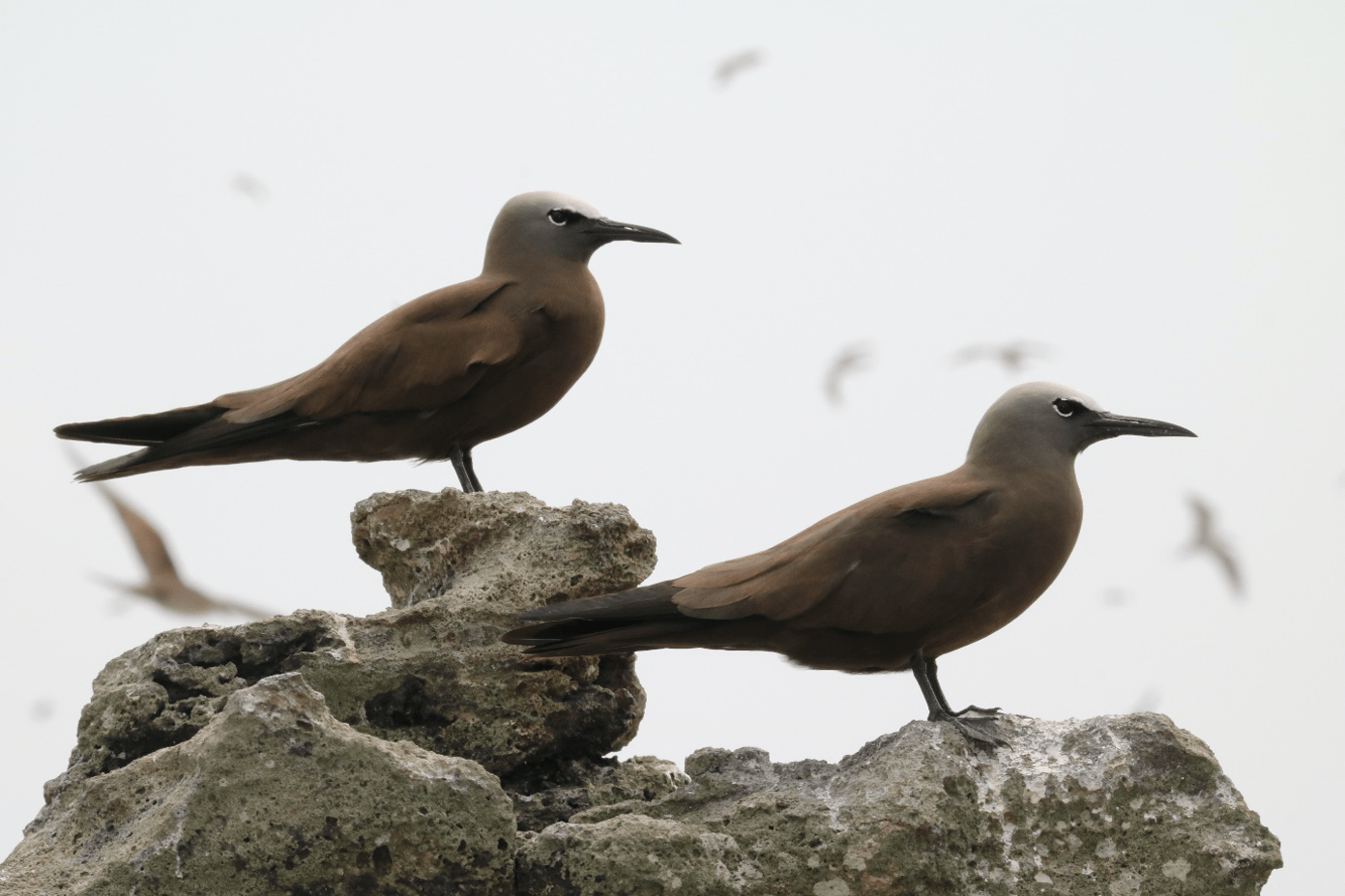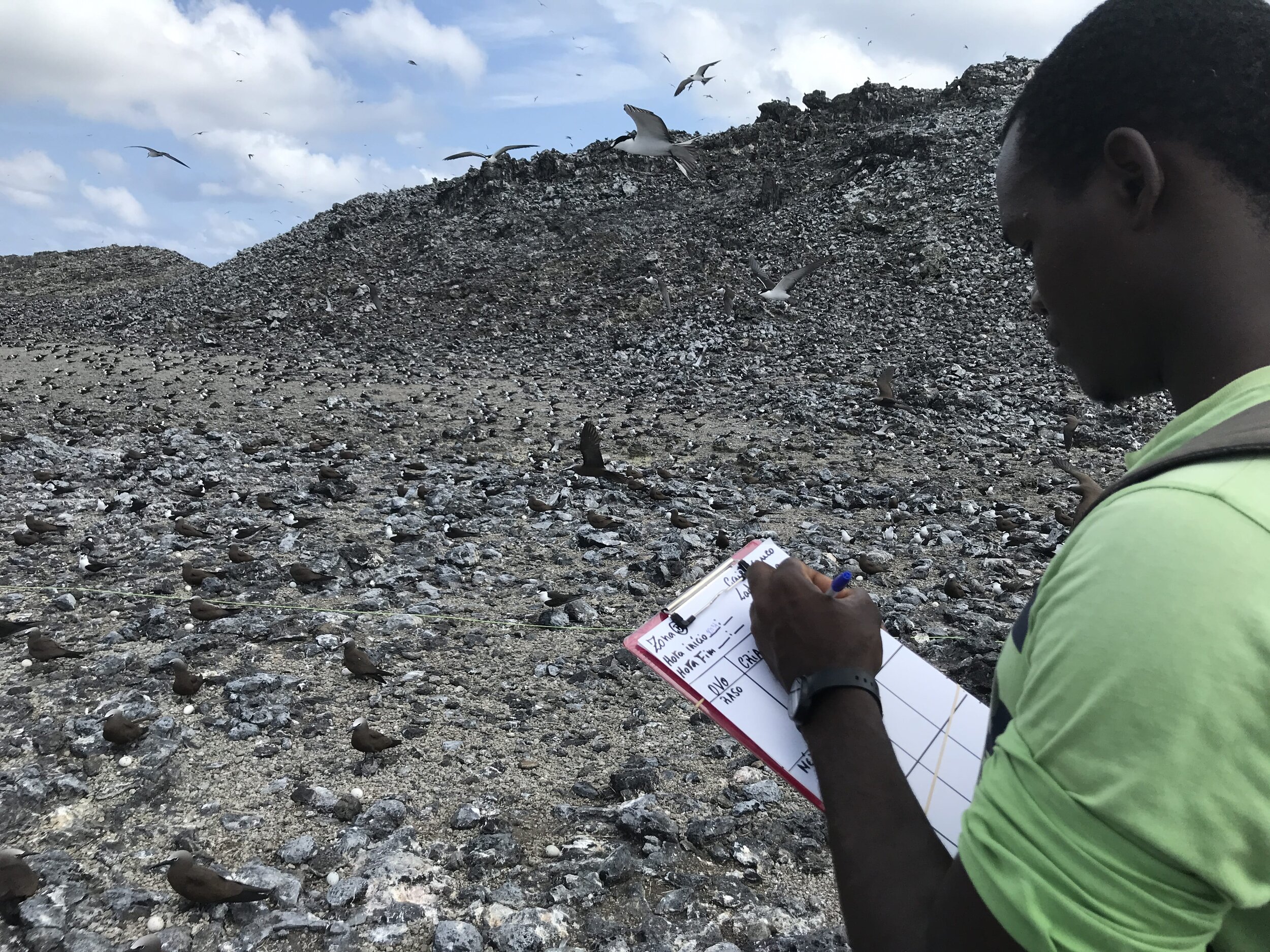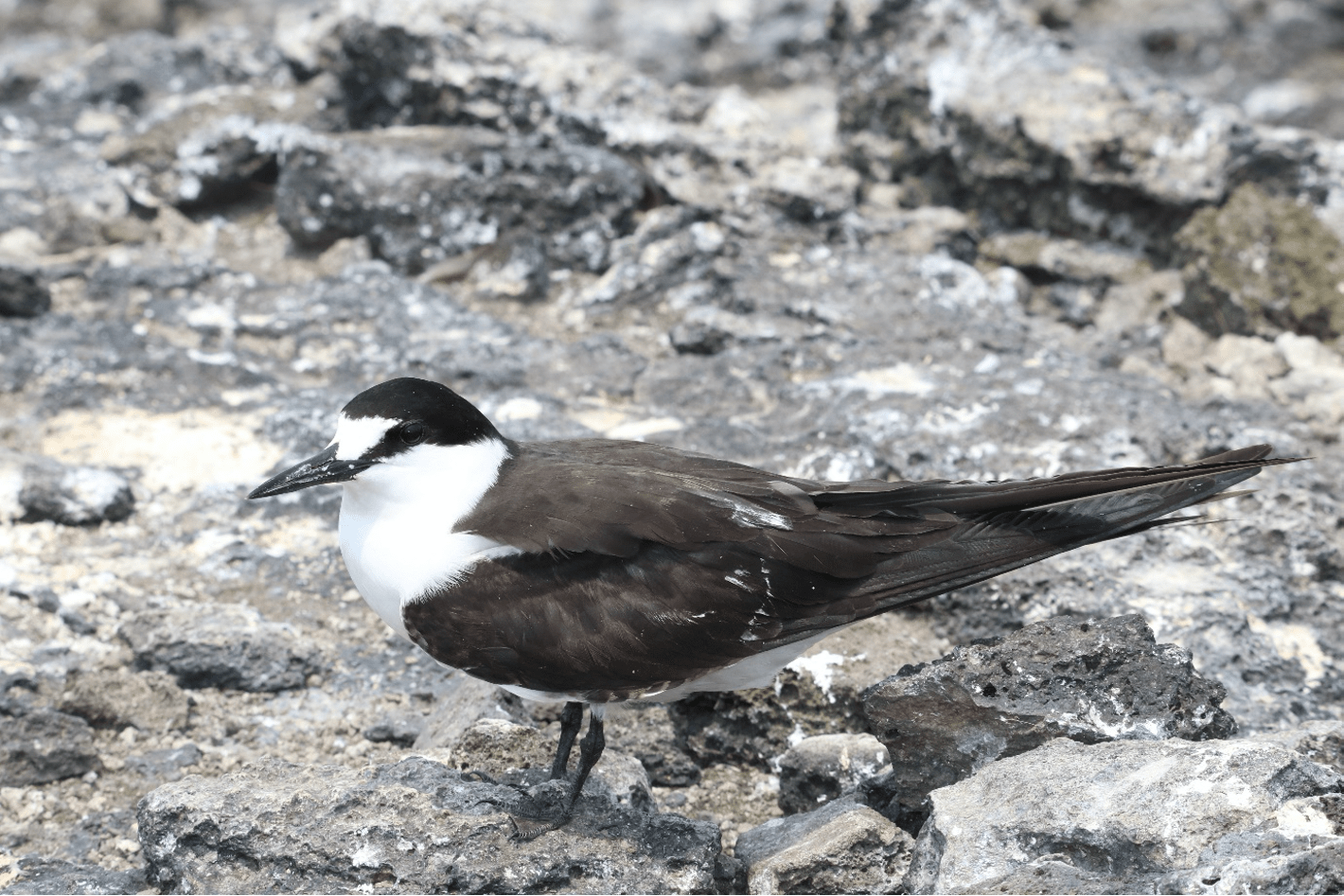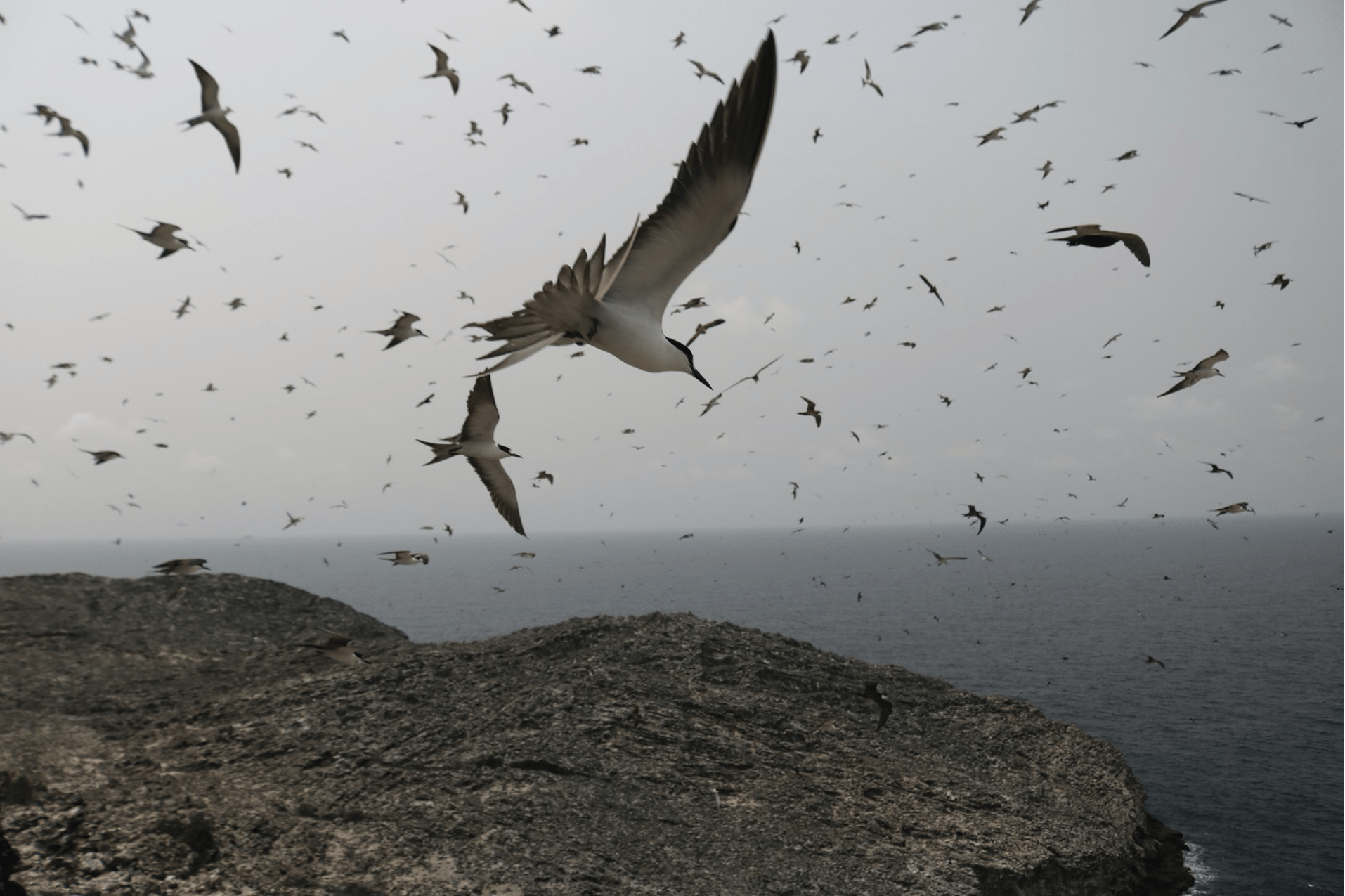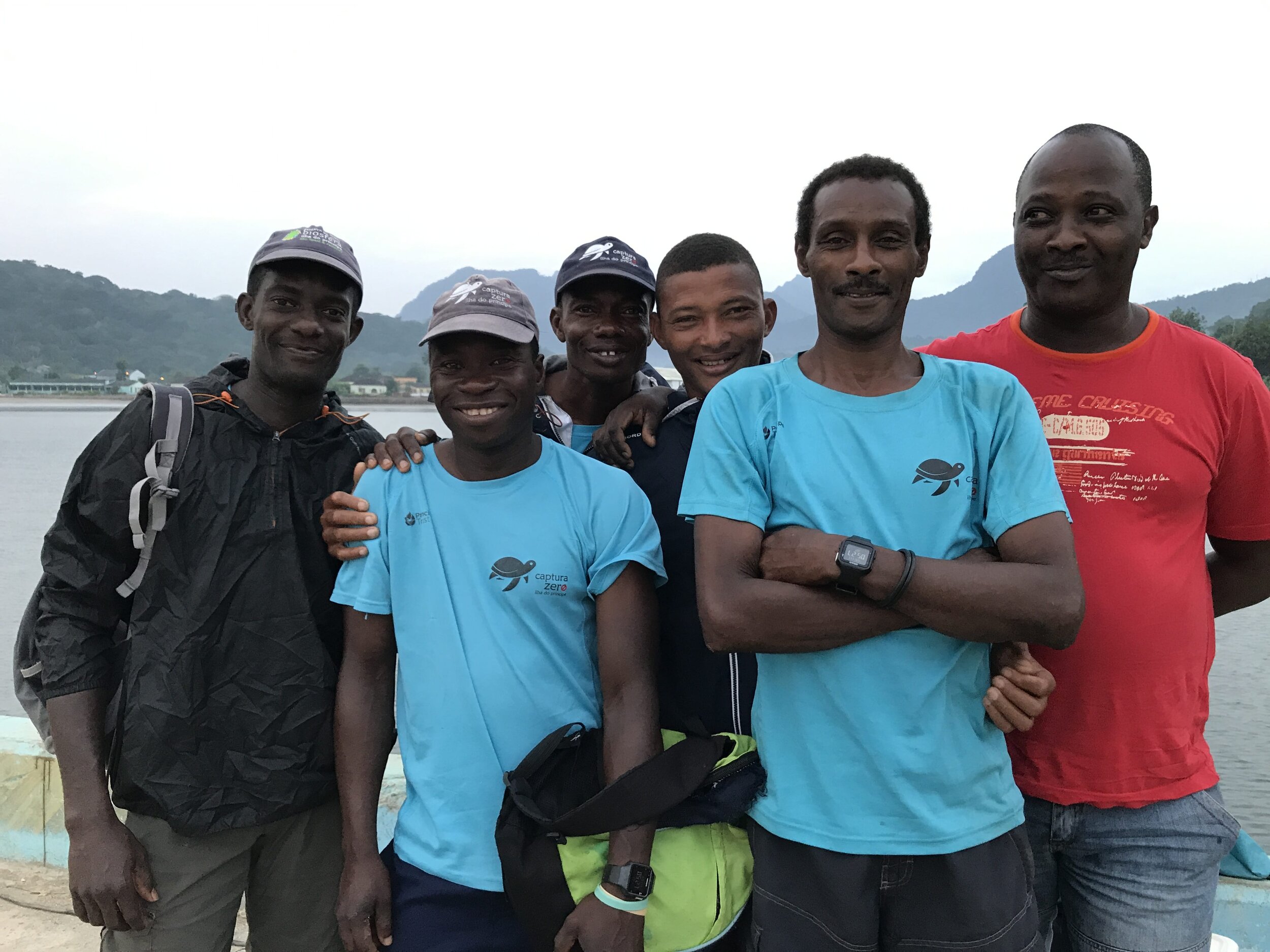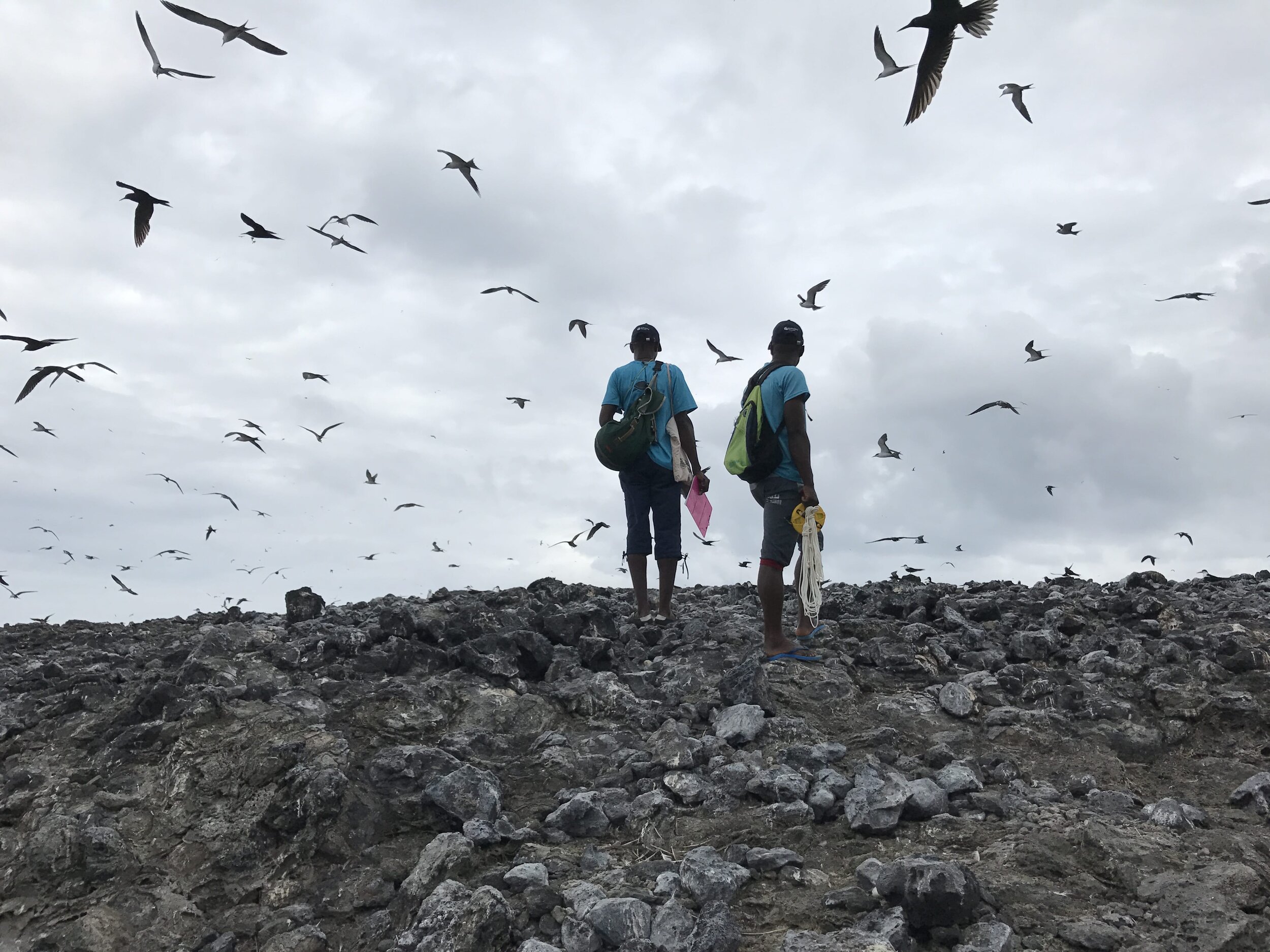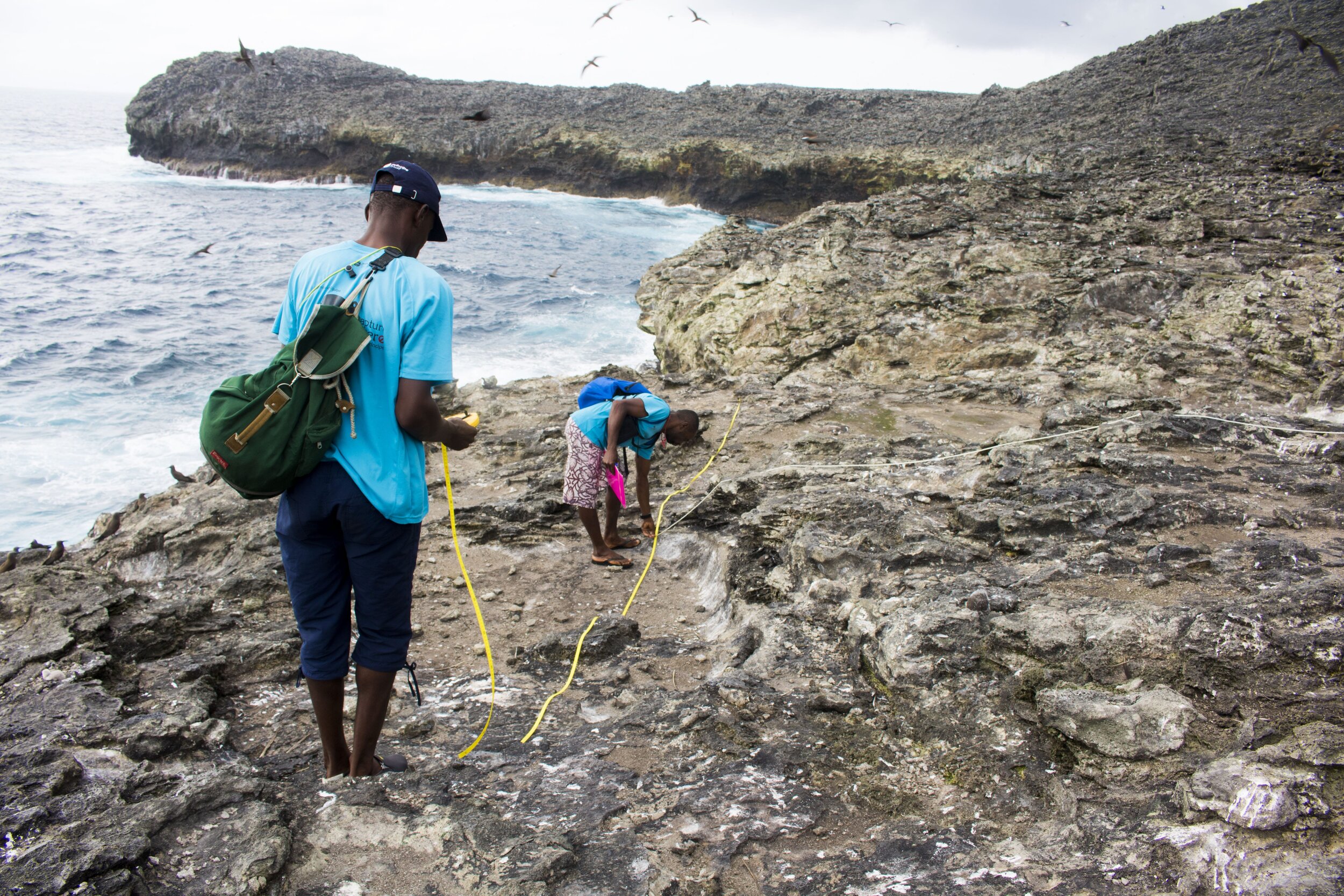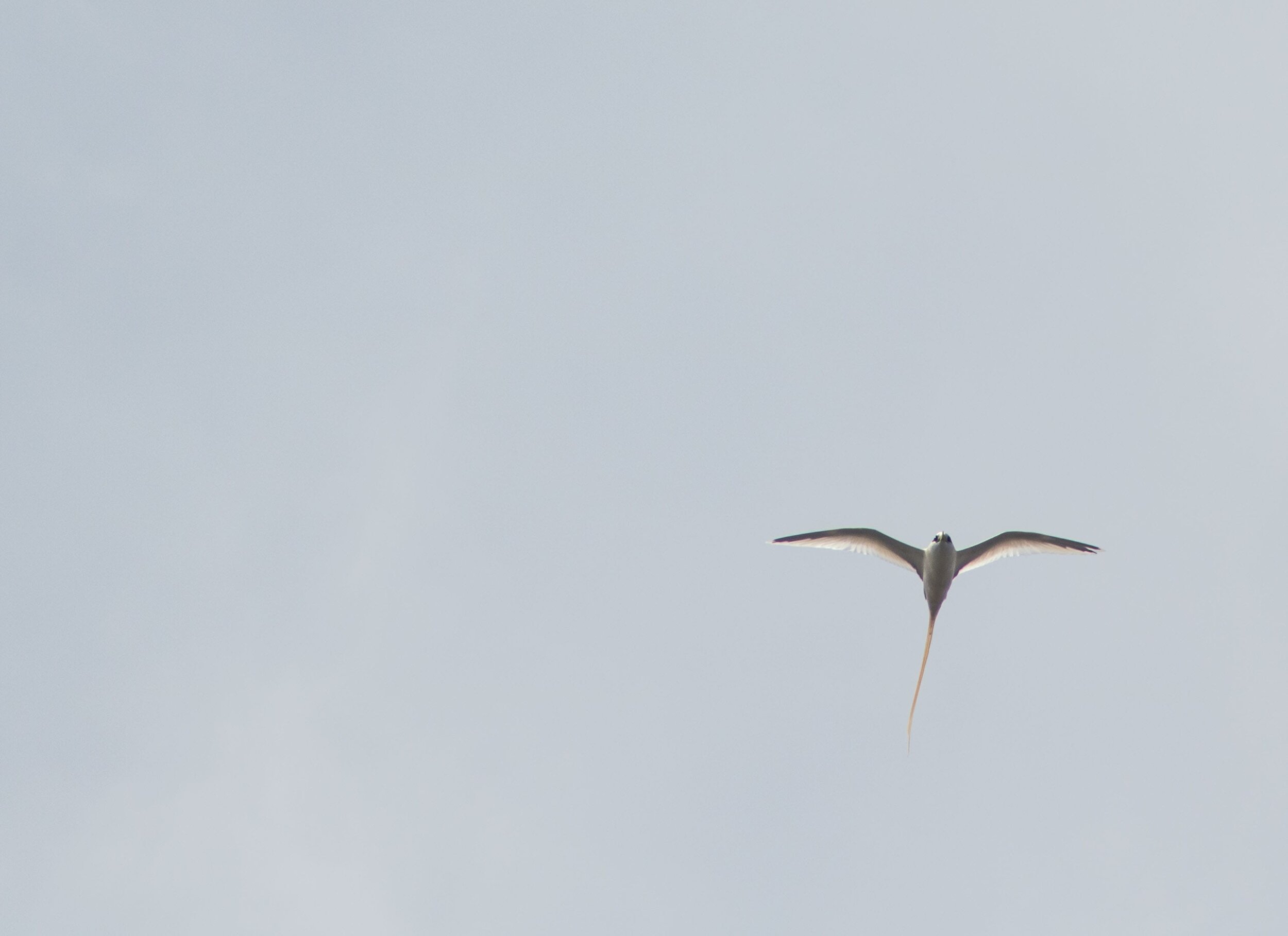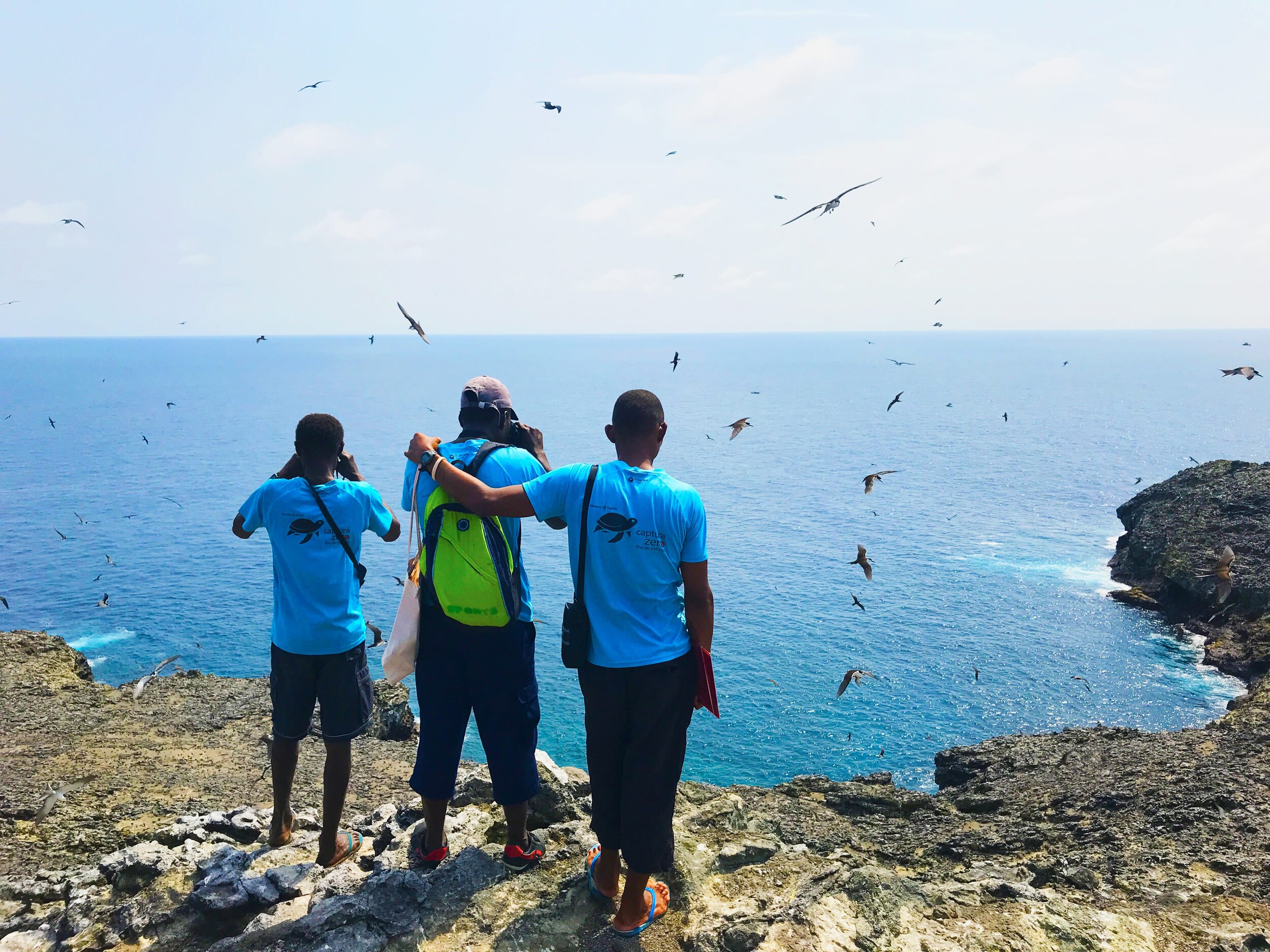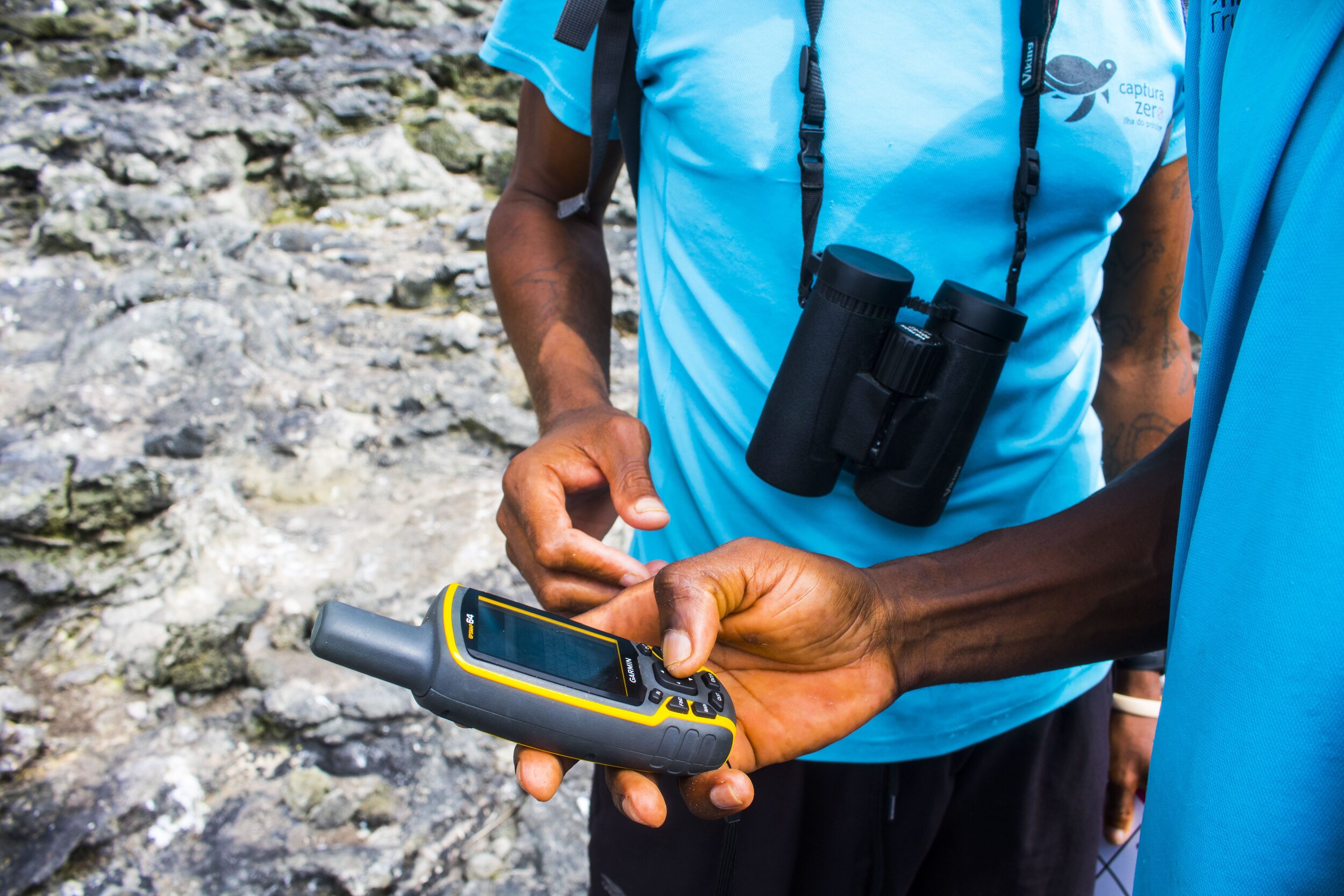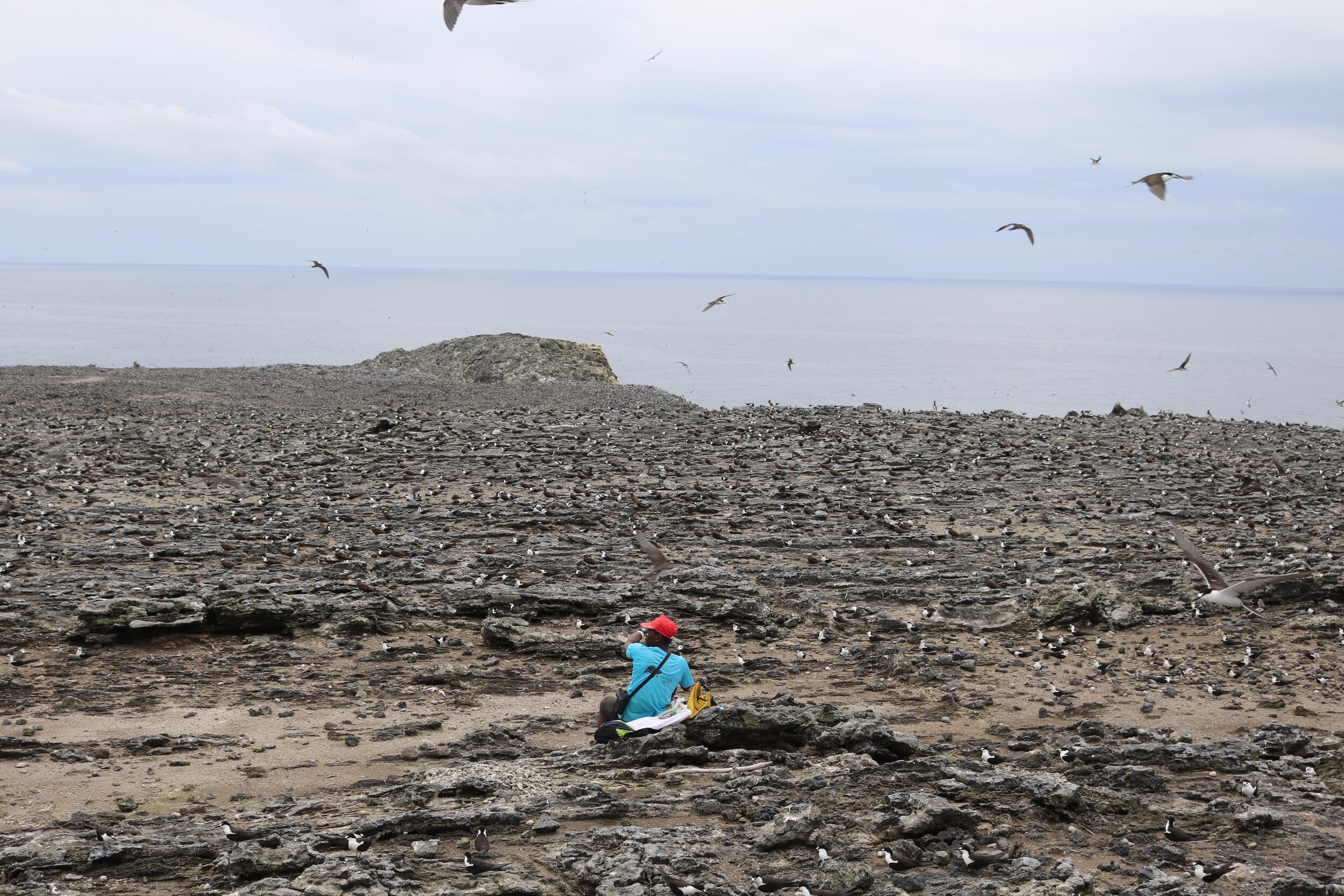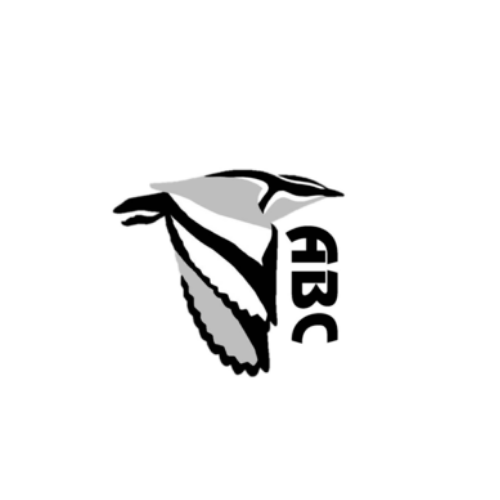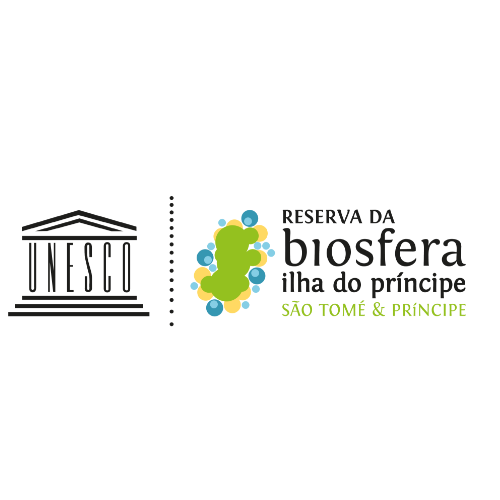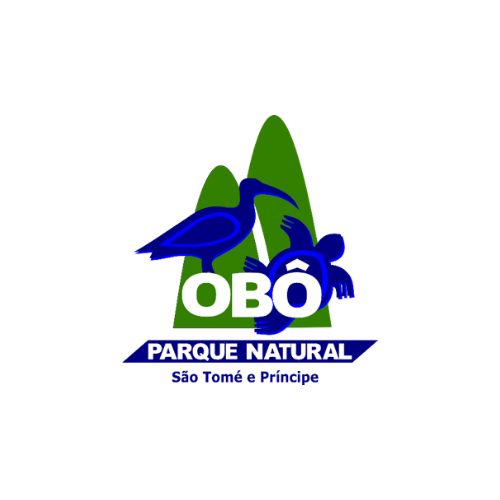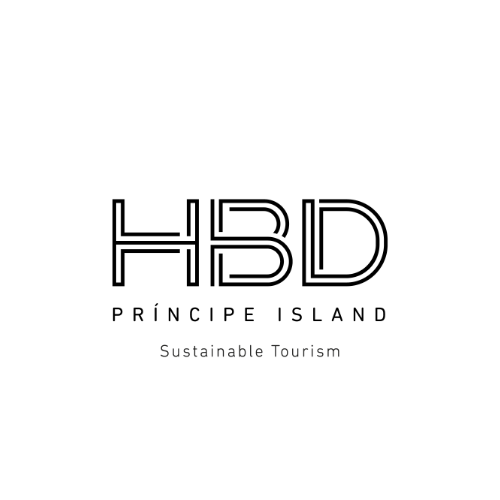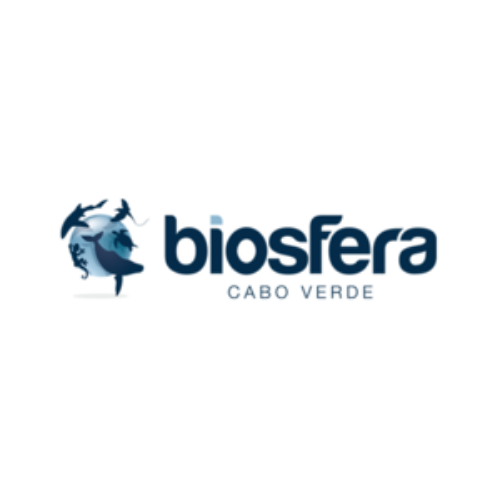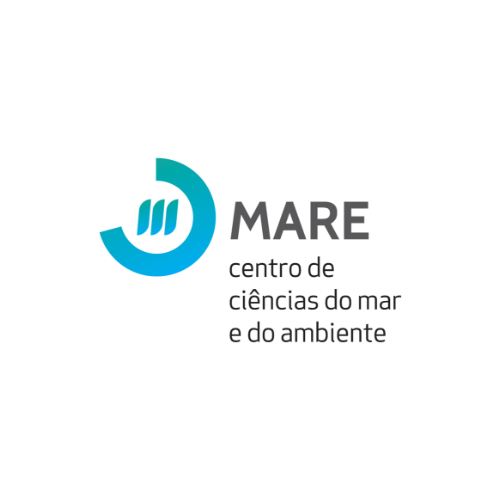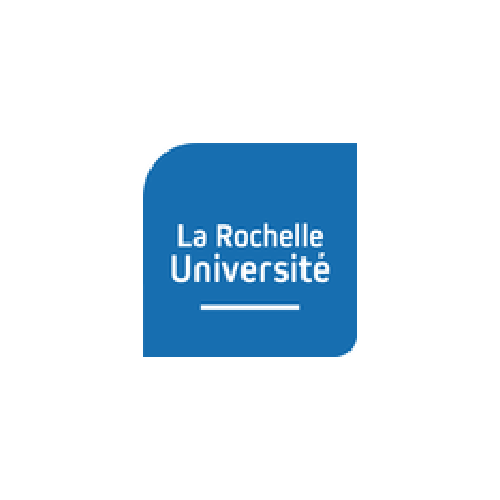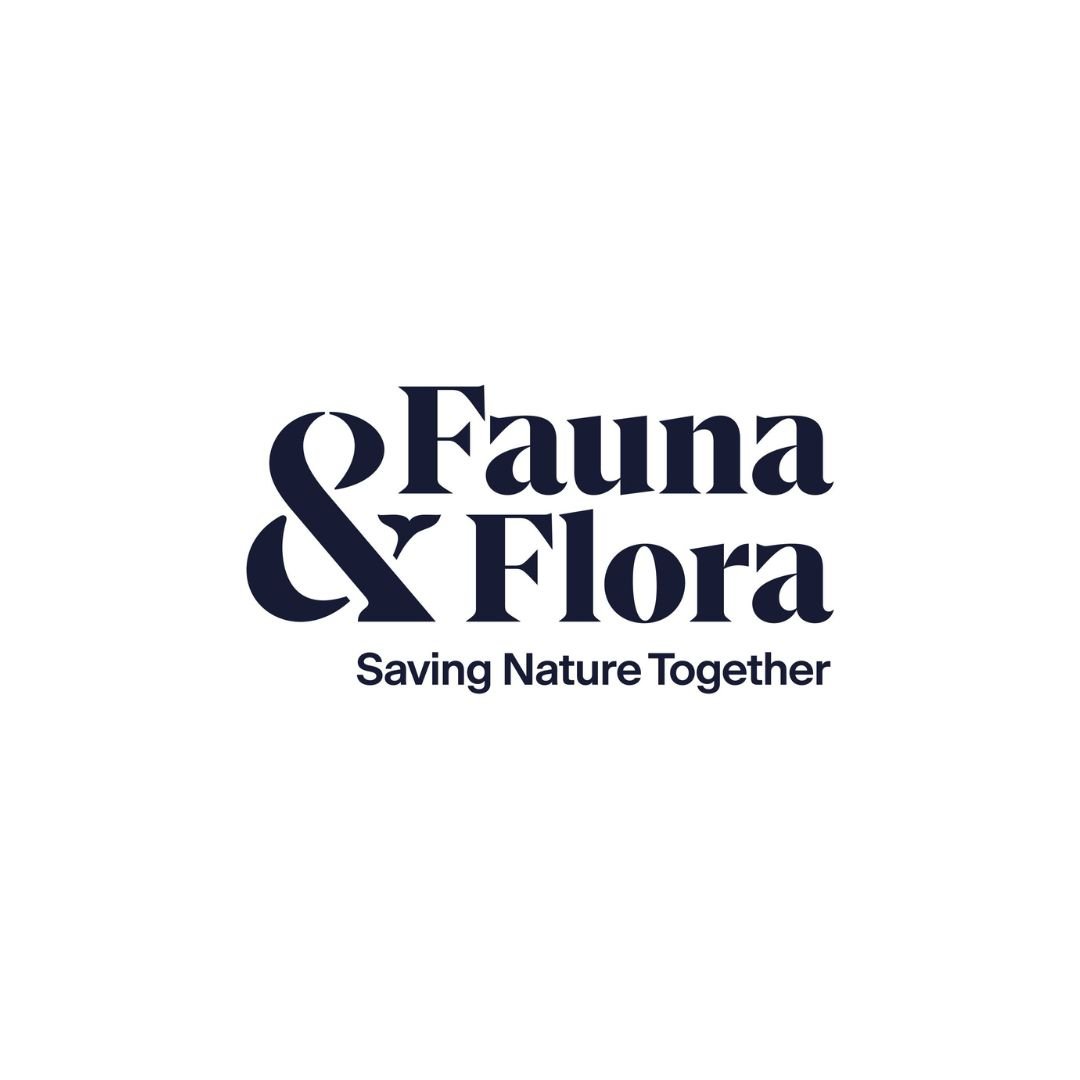The Tinhosas Islands - Tinhosa Grande and Tinhosa Pequena - are situated approximately 20 km southwest of Príncipe and are home to up to 500,000 seabirds. The islands are designated as an Important Bird Area (since 2001), as a RAMSAR site (since 2006), and are part of the Príncipe Island Biosphere Reserve.
The Foundation, in collaboration with regional government entities and international researchers, conducts regular visits to the Tinhosas Islands to assess threats, monitor the breeding populations, and study their ecology.
Estrela Matilde © Fundação Príncipe
Context:
The Tinhosas Islands are the most significant nesting site for seabirds in the entire Eastern Tropical Atlantic. Large breeding populations of several common pantropical species reside here, including Brown Booby (Sula leucogaster), Sooty Tern (Onychoprion fuscatus), Black Noddy (Anous minutus) Brown Noddy (Anous stolidus), and White-tailed Tropicbird (Phaeton lepturus).
Due to the size and regional importance of the colonies, the islands are classified as a RAMSAR site and an Important Bird Area (IBA), and their conservation value is recognized at national and regional levels. However, the site is currently without any legislative or practical protection.
The recently launched Omali Vida Nón Phase II aims to establish a network of marine protected areas for São Tomé and Príncipe, and the Tinhosas Islands will likely receive special attention both for their status as a terrestrial IBA and for their marine fauna – e.g., the site is also believed to be important for sharks, including the Critically Endangered Scalloped Hammerhead (Sphyrna lewini). Improving understanding of key aspects of the ecology of breeding birds - such as their reproductive phenology and their foraging behaviour at sea - is important to facilitate appropriate marine planning.
Main activities include:
Breeding bird surveys to study breeding phenology and monitor population sizes. At least one survey is timed to coincide with the International Waterbird Census in January of each year;
GPS tracking and dietary studies of nesting adult birds to better understand foraging ranges and behaviours and identify important at-sea areas;
Public presentations and photographic exhibitions to promote seabird conservation and raise awareness about the Tinhosas Islands;
International training placements for local biologists to improve capacity for high quality seabird research.




